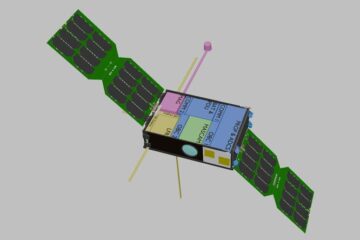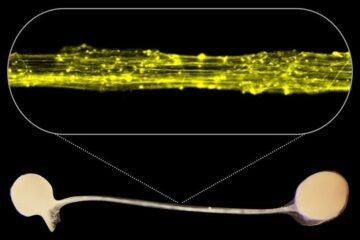Computer imaging to be used to identify frogs

he award was announced today by the Secretary of State for Science and Innovation, Ian Pearson, at a press conference in London as part of a package of funding worth £2.4m from the National Centre for the Replacement, Refinement and Reduction of Animals in Research (NC3Rs).
Dr Matt Guille, head of the School of Biological Sciences, working with Professor Elizabeth Jones at the University of Warwick and software engineers Solcom, will pioneer a new method of identifying individual frogs using digital imaging which measures the patterns of the frogs’ backs and feet.
“Thousands of frogs are kept in laboratories throughout the UK, mainly they are used to produce eggs and embryos to study development. In order to meet their welfare requirements it is necessary for frogs to be kept in large groups so they feel protected and feed normally. Individual frogs need to be identifiable so that their welfare can be monitored and to determine which experiment they are part of, this has been done for example by branding, toe-clipping or microchips. A new method is being pioneered which measures a pattern on the backs and feet of the animal using digital imaging and is therefore not harmful to the frog. If successful this technique will be marketed commercially,” said Dr Guille.
Dr Guille’s grant is one of 11 awarded by the NC3Rs to examine alternatives to the use of animals for research in UK. Other grants were awarded to groups doing research on diseases that affect large numbers of people. These include looking to find a replacement for using mice in kidney research by growing sections of the kidney in the laboratory instead.
The NC3Rs provides a focus for the promotion, development and implementation of the 3Rs in animal research and testing. It brings together representative from academia, government, industry and animal welfare organisations. It is funded by the Medical Research Council, the Biotechnology and Biological Sciences Research Council, the Home Office, the Wellcome Trust, Cancer Research UK, the Association of British Pharmaceutical Industry, GlaxoSmithKline, AstraZeneca, Syngenta, The Dow Chemical Company, SC Johnson and Unilever.
Media Contact
More Information:
http://www.port.ac.ukAll latest news from the category: Life Sciences and Chemistry
Articles and reports from the Life Sciences and chemistry area deal with applied and basic research into modern biology, chemistry and human medicine.
Valuable information can be found on a range of life sciences fields including bacteriology, biochemistry, bionics, bioinformatics, biophysics, biotechnology, genetics, geobotany, human biology, marine biology, microbiology, molecular biology, cellular biology, zoology, bioinorganic chemistry, microchemistry and environmental chemistry.
Newest articles

Exploring the Asteroid Apophis With Small Satellites
In five years’ time, a large asteroid will fly very close to Earth – a unique opportunity to study it. Concepts for a national German small satellite mission are being…

First model of the brain’s information highways developed
Our human brain is not only bigger and contains more neurons than the brains of other species, but it is also connected in a special pattern: Thick bundles of neurons…

Why getting in touch with our ‘gerbil brain’ could help machines listen better
Macquarie University researchers have debunked a 75-year-old theory about how humans determine where sounds are coming from, and it could unlock the secret to creating a next generation of more…





















